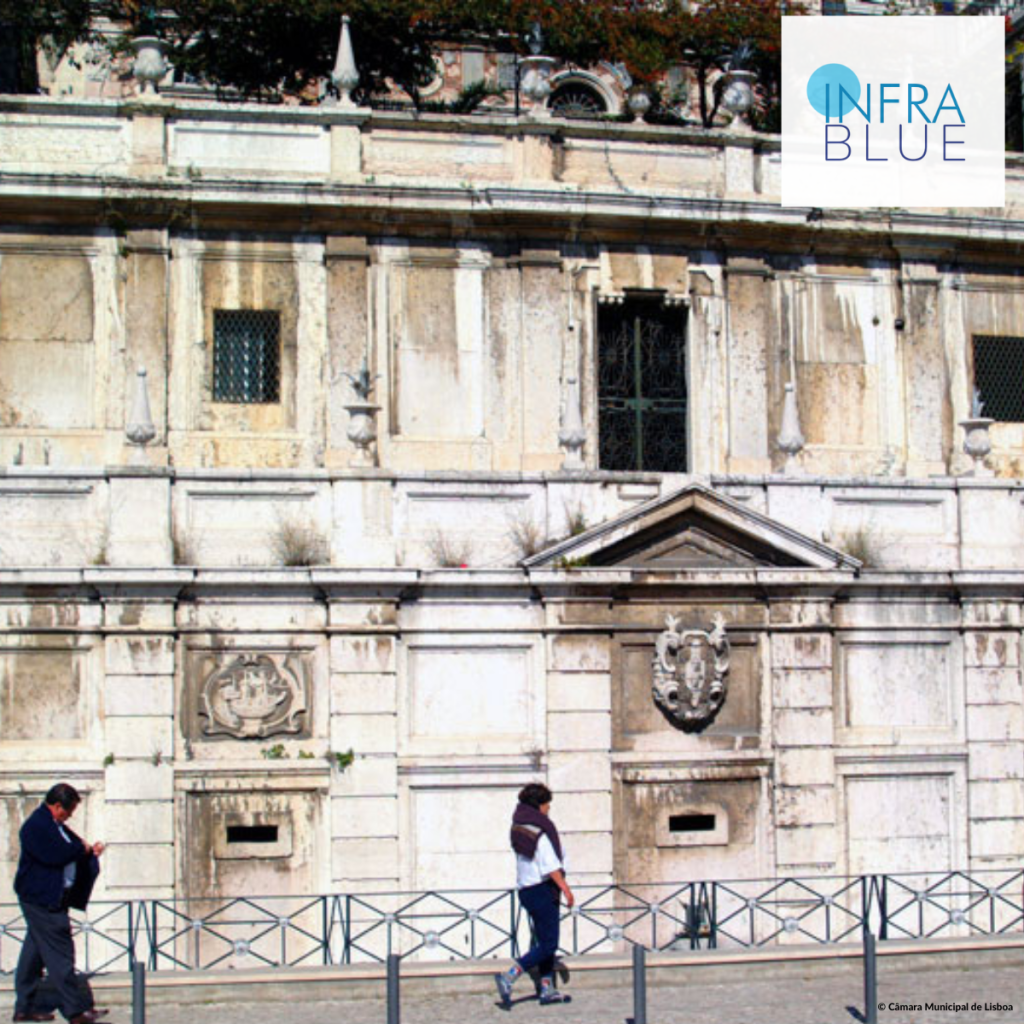INFRABLUE is a co-financed project by the Creative Europe program of the European Commission that aims to identify and analyse an existing blue infrastructure in each of the partner cities – Turin, Lisbon, and Belgrade – and enhance its potential as natural, social, and cultural devices that can also generate great opportunities for urban regeneration.
Blue infrastructures are considered a natural resource for their ability to respond to the increasingly urgent need for a green transition, a social resource for their ability to bring communities together, and a cultural resource for creating a sense of identity and belonging. In other words, they are infrastructures that can incorporate and reaffirm the principles of sustainability and inclusion at the heart of the New European Bauhaus.
INFRABLUE will contribute to reaffirming the urban potential of these territories, first by systematizing knowledge of the locations and deepening their specificities, resources, and needs, and secondly by promoting and triggering their reactivation through small actions on the ground co-conceived and co-produced with local communities and the creative industry.
Based on territorial analysis and dialogue with communities and people who daily enjoy these blue infrastructures, project partners intend to organize co-creation laboratories and involve creative communities in reactivating previously neglected areas through original artistic productions.
The entire process is systematized to produce a documentary witnessing these experiences that can inspire other cities throughout Europe that seek to create urban, social, and cultural value through the valorisation of their natural resources.
In Lisbon, the blue infrastructure under analysis is the ‘invisible waters’ of the Castle Hill. Since ancient times, Lisbon has been supplied with groundwater captured by wells, galleries, and springs located in the city and its surroundings. Even today, it is possible to find several archaeological remains related to the management and supply of water resources, dating back to Roman Lisbon, located in the hill of the Castle and riverside. This area, composed of the neighborhoods of Alfama and Mouraria, was the cradle that gave birth to the city. However, urbanization in the last century has heavily modified the landscape, reducing existing water resources. Fieldwork has shown that important assets such as wells and springs are being lost as building owners do not see any advantages in maintaining these infrastructures. As a result, the remaining infrastructures are increasingly being abandoned or demolished, and with them, a set of practices and a cultural heritage of great value is progressively being lost. Currently, most of these water resources are ‘hidden’, with their uses as well as the interaction between the urban environment and the water cycle lost over the past centuries and currently poorly understood. Therefore, with the Castle Hill area undergoing a rapid process of change, losing its traditional practices, there is an urgent need to record intangible cultural aspects related to ‘invisible waters’.
Visite AQUI a página de projeto do coordenador


Information
PROGRAM
Creative Europe
START
January de 2023
DURATION
36 month
EC FUNDING
199.823€
Partners
![]()




